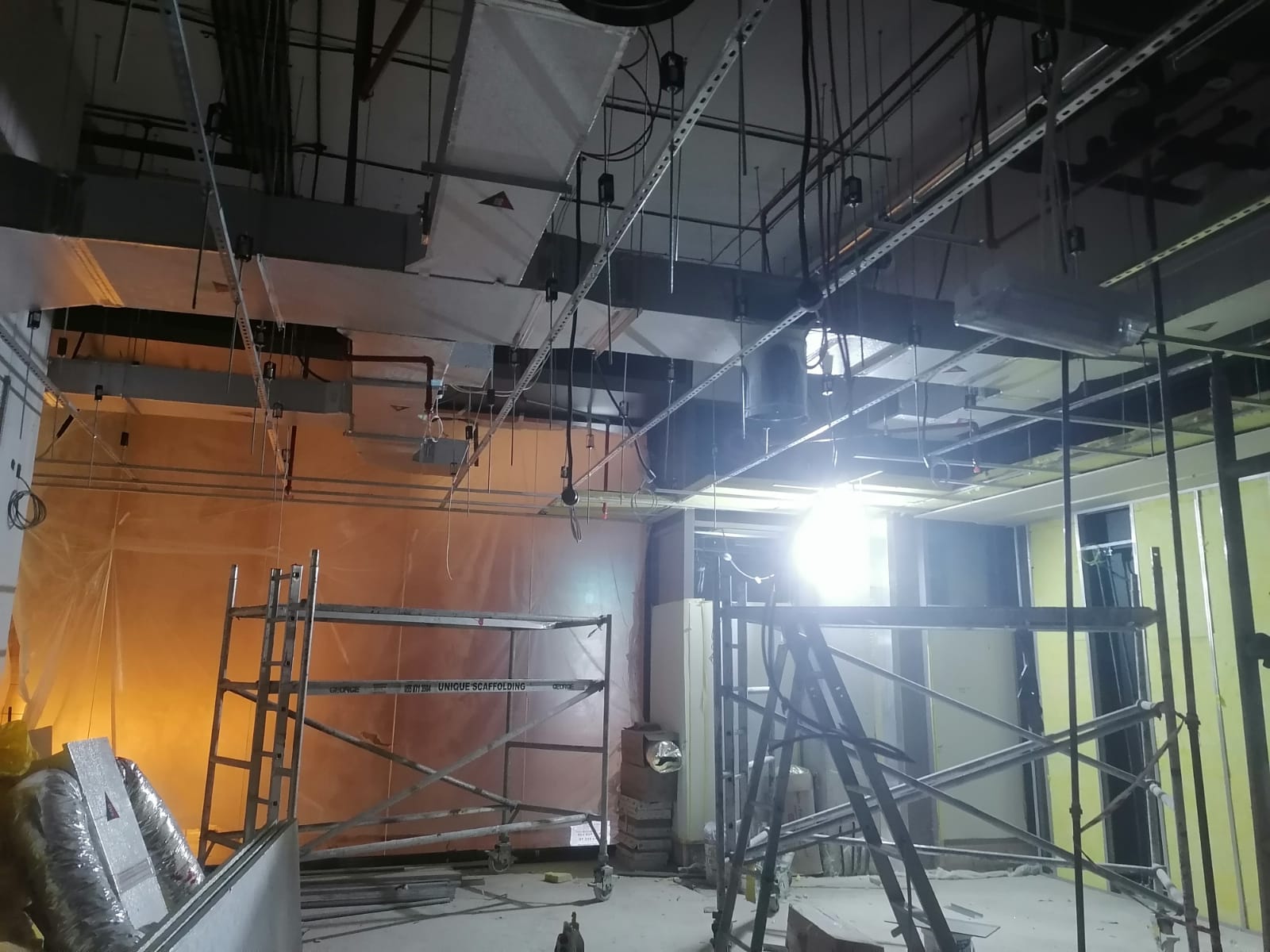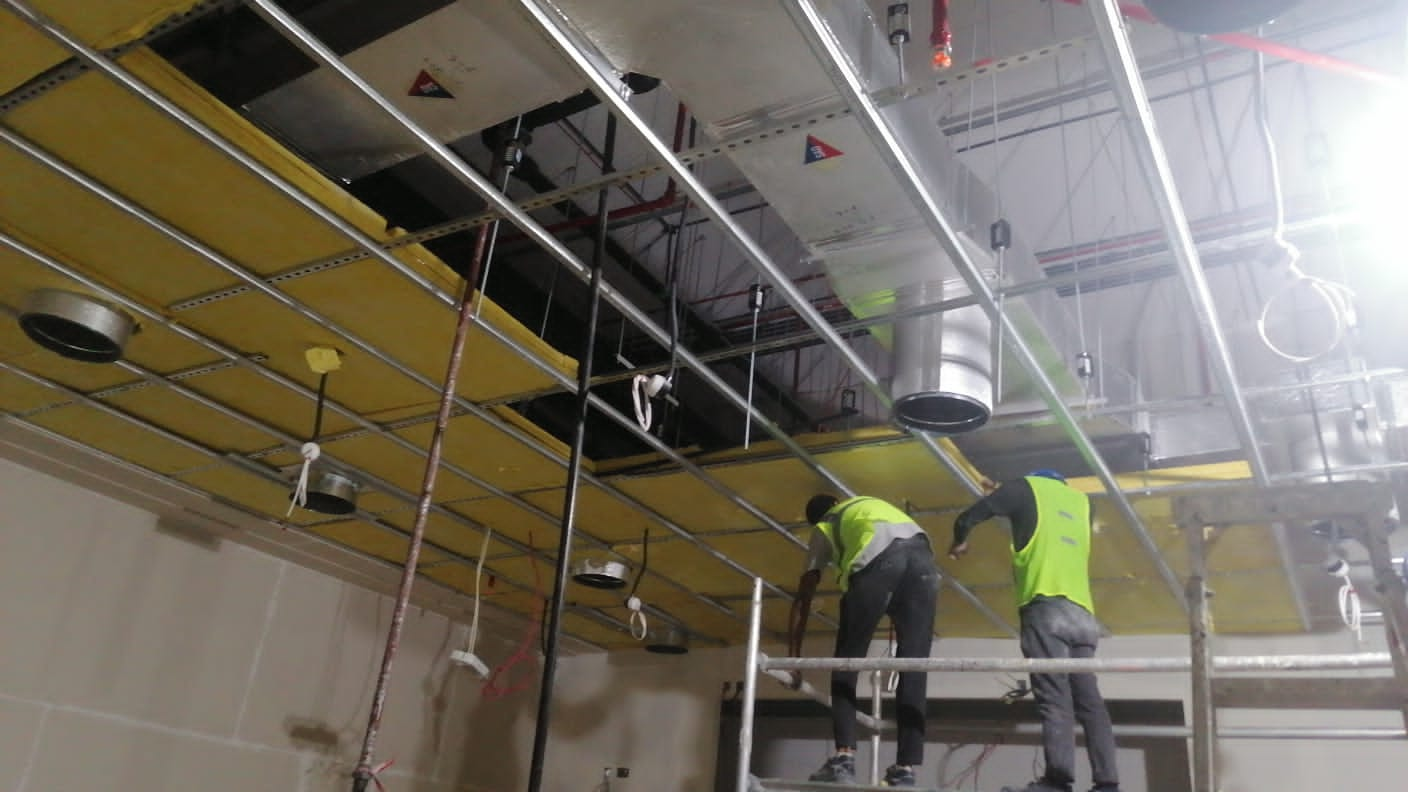A good audio mix is essential to broadcasting. With present tech, you may build a broadcast studio of professional caliber in your own house, but soundproofing for broadcast studios is an essential component of your setup. Interfering sounds are a potential issue that you should take care of regardless of whether you have accessibility to a studio environment. A microphone will take up and amplify any background noise, echoes, or other undesired sounds, making it impossible to broadcast a crystal-clear, high-quality signal.
Your identity and prosperity depend on that audio system whether you’re producing music or a podcast. By removing undesired echoes and vibrations, excellent soundproofing ensures that you can deliver only clear, crisp sound to your listeners. The standards for sound quality that both radio and television operators must meet are very high. In addition to music and audio that is simple to grasp, listeners and viewers desire clean audio with consistent dynamics. Maintaining those qualities will prevent your target audience from tuning you out and looking for information or entertainment elsewhere. Both television and radio stations need elevated sound for transmitting. Adding sound panels to the broadcast area can assist control echoes. The actual audio is represented with greater clarity and a crisp broadcast signal is produced once the studio echoes are gathered using the audio panels. For soundproofing your studio and improving the standard of your radio service, echo must be reduced and eliminated.

Lowering ambient echo levels will result in improved original sound clarity and a crisper broadcast signal, both of which are desired effects of creating premium acoustics in your broadcast studio. The venue will be given back its quality sound and transformed right away into a more consumer friendly broadcast studio by reducing the echo with soundproofing walls. By installing a system of sound panels in your studio, either mounted on the wall or the ceiling, you may catch and transform any undesired sound wave reflections.
Take a look at some of our recent projects.


